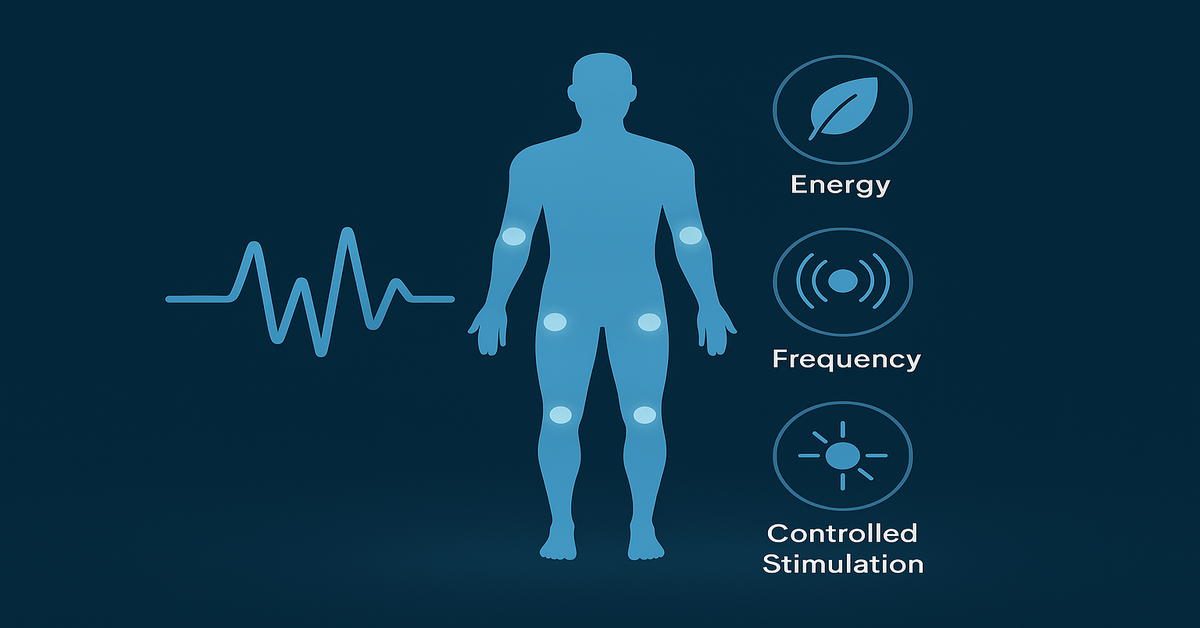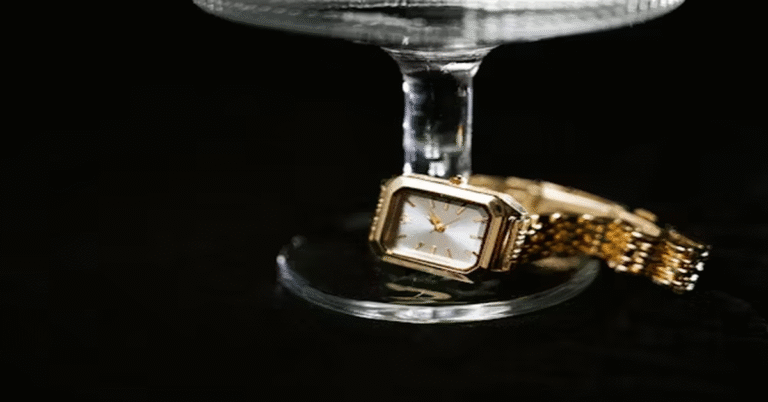
In modern healthcare and alternative treatment approaches, Pulsierende Signal Therapie (PST)—translated as pulsating signal therapy—represents a unique method of using biological signals to support healing and recovery. Unlike traditional drug-based treatments, PST focuses on using precisely modulated signals that interact with the body at the cellular level. It belongs to the family of biophysical therapies, where energy, frequency, and controlled stimulation replace chemicals as the key drivers of health support.
This therapy has gained attention because it offers a non-invasive, drug-free, and potentially regenerative approach to managing pain, improving mobility, and supporting the repair of tissues such as cartilage, bones, and joints. In this detailed article, we will explore what pulsierende signal therapie means, how it works, its principles, its benefits, applications across fields, and how it compares with conventional treatments.
What is Pulsierende Signal Therapie?
Definition
Pulsierende Signal Therapie (PST) can be described as a therapeutic process in which bio-compatible, pulsating electromagnetic or signal patterns are applied to stimulate biological functions in cells and tissues.
Conceptual Basis
The therapy works on the principle that cells communicate through signals. If cellular communication becomes disrupted—due to aging, injury, or disease—healing slows down. PST provides external, pulsating signals that “remind” cells of their natural rhythm, promoting regeneration.
Principles of Pulsierende Signal Therapie
Biophysical Approach
Unlike pharmacological therapies that rely on chemicals, PST adopts a biophysical principle, focusing on electromagnetic stimulation to encourage cellular repair.
Resonance
PST uses the concept of resonance, where signals are matched to natural biological rhythms, helping the body respond more effectively.
Non-Invasiveness
It avoids surgical or invasive techniques, instead working externally through devices that emit signals.
Regeneration Support
PST emphasizes supporting natural healing instead of forcing artificial change, which makes it sustainable and gentle on the body.
Mechanism of Action
Step 1: Signal Generation
Special devices generate pulsating signal patterns.
Step 2: Signal Transmission
These signals are applied locally through applicators or pads placed on the body.
Step 3: Cellular Stimulation
The signals interact with cell membranes, influencing ion exchange and energy metabolism.
Step 4: Repair and Regeneration
Cells regain rhythm, leading to improved circulation, enhanced metabolism, and stimulated tissue regeneration.
Applications of Pulsierende Signal Therapie
Orthopedics
One of the most common fields where PST is applied is orthopedics. It helps in conditions like joint wear, osteoarthritis, and cartilage degeneration.
Table: PST in Orthopedics
| Condition | PST Role | Outcome |
|---|---|---|
| Osteoarthritis | Stimulates cartilage metabolism | Reduced pain, improved mobility |
| Bone Fractures | Accelerates bone healing | Faster recovery time |
| Sports Injuries | Supports tissue repair | Enhanced rehabilitation |
Rheumatology
In rheumatology, PST is used for reducing pain and improving flexibility in chronic inflammatory conditions.
Sports Medicine
Athletes use PST for faster recovery, injury prevention, and performance support.
Rehabilitation
Post-surgical or post-injury rehabilitation programs integrate PST to shorten recovery times.
Geriatrics
In elderly care, PST helps address degenerative diseases of joints and bones, improving quality of life.
Benefits of Pulsierende Signal Therapie
- Non-Invasive: No surgery or injections required.
- Drug-Free: Avoids side effects linked with medications.
- Regenerative Potential: Supports long-term healing instead of temporary relief.
- Pain Reduction: Reduces discomfort in joints and muscles.
- Improved Mobility: Enhances flexibility and daily functioning.
- Safe for Long-Term Use: Suitable for chronic conditions.
Comparison With Conventional Treatments
| Aspect | PST | Conventional Therapy |
|---|---|---|
| Method | Biophysical signals | Drugs, surgery, physical therapy |
| Invasiveness | Non-invasive | Sometimes invasive |
| Side Effects | Minimal | Possible drug/surgical side effects |
| Focus | Cellular communication & repair | Symptom management |
| Duration | Long-term regenerative approach | Short- to medium-term relief |
Limitations and Challenges
While promising, PST also has limitations:
- Cost of Devices: Equipment and sessions may be expensive.
- Scientific Debate: Some experts call for more large-scale studies.
- Time Commitment: Requires multiple sessions over weeks for optimal results.
- Not a Standalone Cure: Works best as part of integrated therapy.
Step-by-Step Experience of a PST Session
Step 1: Initial Diagnosis
A healthcare provider identifies the condition requiring PST.
Step 2: Setup
The patient is positioned comfortably, and applicators are placed on the affected area.
Step 3: Signal Therapy
Signals are applied for 30–60 minutes. The process is painless and often relaxing.
Step 4: Follow-Up
Multiple sessions (typically 8–12) are scheduled for best results.
Case Example: Patient Recovery with PST
A 55-year-old patient with knee osteoarthritis underwent 10 PST sessions over six weeks. Before therapy, pain limited walking distance to less than 200 meters. After therapy, the patient reported reduced pain, improved mobility, and better overall quality of life.
The Future of Pulsierende Signal Therapie
- Integration with Digital Health: Smart monitoring of sessions.
- Expanded Applications: Potential in neurology, cardiovascular support, and chronic pain.
- Research Growth: Increased studies validating its effectiveness.
- Home Devices: Portable PST devices for personal use.
Conclusion
Pulsierende Signal Therapie (PST) represents a modern biophysical approach to healing, combining scientific principles of resonance, signal communication, and cellular regeneration. With applications in orthopedics, rheumatology, sports medicine, rehabilitation, and geriatrics, it provides a safe, drug-free, non-invasive option for patients seeking alternatives or supplements to conventional therapies.
While not without challenges, its holistic focus on supporting the body’s natural healing makes it a valuable option for the future of medicine. PST is a reminder that health does not always need to come from chemicals or invasive procedures—sometimes it comes from gentle signals that restore the body’s natural balance.
FAQs
Q1. What is pulsierende signal therapie?
It is a biophysical therapy using pulsating signals to stimulate cellular repair and regeneration.
Q2. Which conditions can be treated with PST?
It is commonly used in osteoarthritis, bone fractures, sports injuries, and degenerative joint diseases.
Q3. Is pulsierende signal therapie safe?
Yes, it is generally safe, non-invasive, and free of major side effects.
Q4. How many sessions are needed for results?
Most patients undergo 8–12 sessions, depending on condition severity.
Q5. Can PST replace conventional treatments?
It is best used as a complementary therapy alongside medical supervision, not as a standalone cure.






